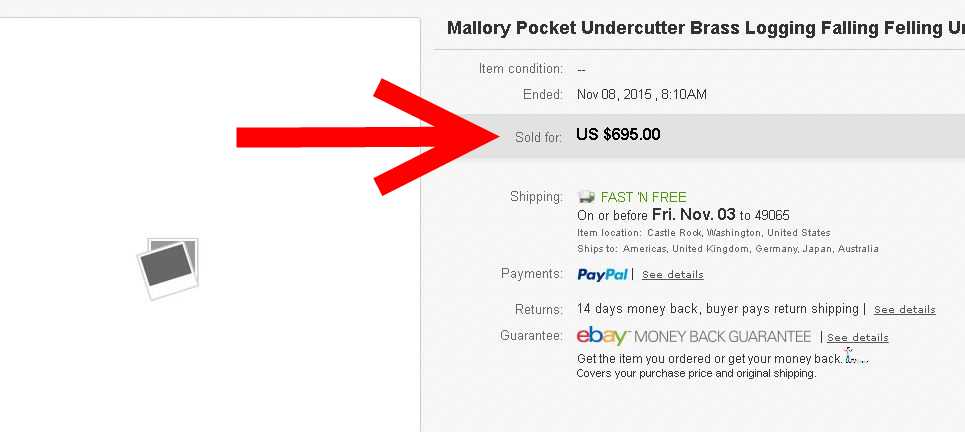Thank you,Jim.Muleman77 said it all,it Is most valuable information.
It is in a format of "don't try this at home",but very,very good.
Btw,in that excellent USFS manual about saw maintenance there may be a mistake in description of order tempering colors in the part about swaging rakers....
I never noticed it but I would agree the temper colors in the manual are not quite correct.
The manual states,
"To temper the raker, polish one side of each raker until it is
shiny. Place the saw in a vise. Heat the top three-fourths of
the tooth uniformly using a propane torch. As it gets hotter, the
color will go from light straw to brown, to deep purple, to dark
blue, to light blue, to a light yellow color. Opinions differ on
how far to temper the rakers (or to heat them to what color).
A compromise seems to be between light blue and the second
yellow. A suggestion would be to first temper to light blue and
if trouble is still experienced, temper again to the second light
yellow. Don’t heat into the body of the saw because it may
cause the saw to warp. Be very careful about playing the torch
flame on the raker tips—they heat very fast, making them
extremely easy to overheat. The result is a soft raker that will
bend in hardwood and will not hold an edge."
There should not be a second yellow. Most references go from blue to light blue to gray blue to gray green or just gray.
Jim


























 that's right!
that's right!
